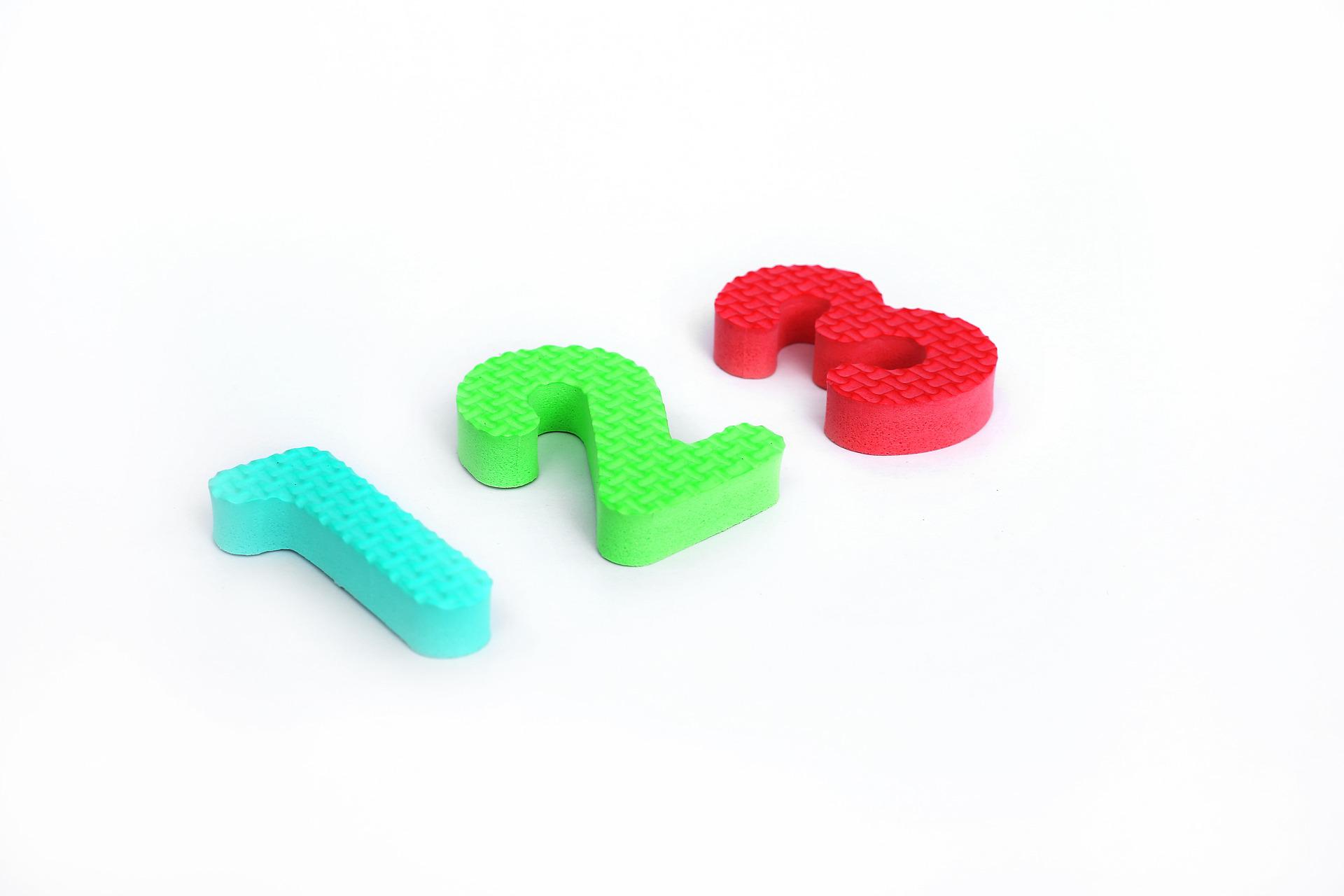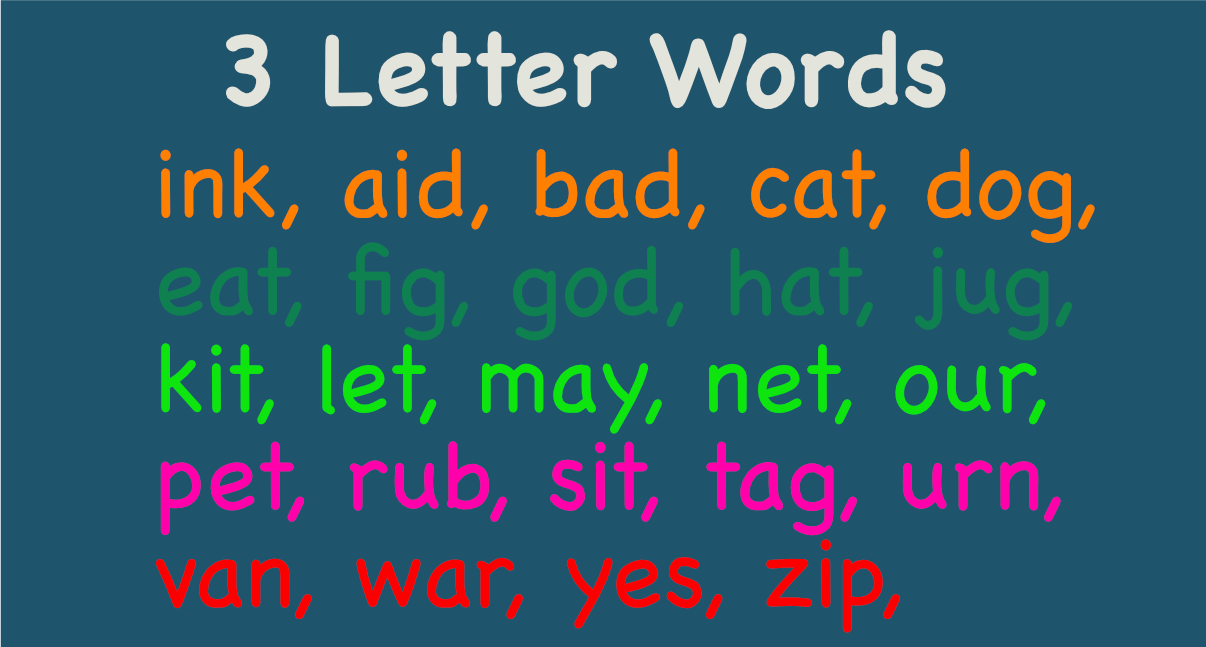
The number system is an important part of learning math. It helps children understand how to add, subtract, multiply, and divide.
But there’s no set age at which kids learn these skills. Some start early, while others take much longer.
When They Start Counting
Contents
Parents can help their children develop good math skills by starting with simple concepts.
For instance, teach them to count objects as they go through the house.
Then, introduce larger quantities such as “How many apples do we have?” and “How many cookies did Mommy bake?” As they become older, encourage them to use their fingers to count up to 100.
By age 3 or 4
It’s never too early to start teaching kids how to count. In fact, research shows that children who learn counting at an early age perform better in school than those who wait until later.
As Soon As They Learn To Count By 2’s.
Parents can help their children develop number sense by starting with two’s.
This helps children recognize patterns and build understanding of quantity. They also learn to make comparisons between quantities.
Before They Start Kindergarten
Most experts recommend beginning early education with two’s, such as counting objects and comparing sizes. By the end of first grade, students should be able to count up to 20 and identify five different shapes.
In Preschool
Parents often wonder how much math knowledge children need before starting formal schooling.
While there isn’t an exact answer, most experts agree that children should learn some number concepts by the end of kindergarten.
Toddler counting skills begin with understanding the concept of order. Babies of this age develop this understanding by participating in everyday life.
Pre-Counter Stage
A pre-counter is a stage at which a child understands and uses numbers.
They count objects in a series and can answer the question, “How many are there?” with the number they are currently pointing to.
Sometimes, they can also write the corresponding numeral and say it just before or after the number.
They also may recount the answers to questions. When the child reaches this stage, they may even be able to count to 20 and beyond.
The pre-counter stage is also called the ‘cardinal’ stage. A child will learn to count by using the last number that represents a group of objects.
A teacher can test whether a student understands cardinality by asking him or her to count a group of objects and then put the same number of objects in a bag.
If the child recounts the whole process, it’s possible that they do not understand cardinality.
A child’s understanding of numbers can be further developed when they learn to recognize small objects, such as blocks or stuffed animals.
In this stage, children also begin to memorize the words for counting in one-to-one correspondence.
This is a much more useful indicator of a child’s understanding of numbers than counting by sight.
It is also a good idea to start counting small objects as soon as the child can.
This will also give parents an opportunity to introduce one-to-one correspondence during play.
By this stage, a child is able to recognize and use the cardinal meanings of number words.
They can also recognize equivalence relations between different sets, such as the number symbols and the ordinal position.
Exposure to these words is essential for a child’s progress. They can then build on this foundation by learning to recognize the cardinal meanings of numbers.
They will begin to recognize and understand number words as well as the order in which they belong.
Once a child has an understanding of how numbers are formed, they are ready to begin counting.
It is important to keep in mind that a child will start out as a “pre-counter” and may be saying numbers in no particular order.
When teaching a child to count by twos or even threes, parents should model the right order and avoid shaming or criticizing them for making errors.
Chanters Stage
At the Chanters stage, a child begins to say the number words and count in sequence.
They may interrupt the process and start over, but they can verbally count to five, ten, and even twenty. Chanters often start to count by reciting the numbers of objects.
This stage is a significant milestone for any child. They may even be ready to play with math puzzles. In some cases, they will even chant the numbers.
Children are developmentally ready for this stage of counting. At two or three, a child may count to three while moving one of four objects.
Counting together and matching objects helps them understand that numbers have a set order.
They may also be able to match two numbers to a pair of shoes or two pieces of clothing. Chanters are likely to grow to seven at some point.
The next phase of counting begins in preschool.
Rote Counting
The foundation of number sense is rote counting. This early math skill develops before your child can identify numerals.
The basic concept is to count things by saying the numbers in order, from one to ten. It is useful for learning the concept of place value and money.
It’s best to begin this learning process before your child is able to understand more advanced math concepts.
Here are some tips to help your child develop their rote counting skills.
Practice makes perfect, but the early stages of rote counting are often inaccurate.
When counting to ten without help, you might assume that your child understands the concept.
This is a mistake! It takes a lot of practice to develop this skill. If your child is able to count beyond ten, that’s a huge achievement!
You should also introduce games to practice counting from one.
Children learn to count by rote as they play games.
A child can play a game of “hide and seek,” where the other players have to hunt for the “it” player.
In this game, each child in a group has a turn being the first to discover the other players.
Older children can count to 100; younger children can count to ten. Then, move onto higher-level games.
As early as 12 months old, children can begin to sense the amount of objects and items in a set.
Eventually, they can start forming connections between the language they use to represent numbers and the quantities that they perceive.
However, rote counting is an essential foundation for other math concepts.
As young as two, toddlers may start counting by rote and may miscount a few times, but this will soon translate into the ability to recognize the numerals.
After a child has mastered one-to-one correspondence, they may progress to the chanters stage, which requires them to group the numbers.
They may not be able to pick up where they left off and may become frustrated if they’re interrupted.
Once this is reached, however, the child is likely to be able to continue where they left off, demonstrating that the repetition of the same number is important to their development.
Understanding Of Zero
While knowledge of the development of a child’s understanding of zero is rapidly expanding, it is still largely unclear at what age children understand zero.
Children have three different types of knowledge about zero.
They may have no idea that zero is a number, or they may have a basic understanding that it is a subset of a positive integer.
There may also have a sense of the correlation between symbolic number knowledge and empty set appreciation.
In a study of preschool children, researchers Wellman and Miller examined the development of zero and positive numbers using Arabic notation and verbal counting items.
They found that children were slower to understand the concept of zero than positive numbers.
Nonetheless, children who mastered positive numbers were able to understand zero more quickly than those who did not.
This finding contradicts previous research that suggested that children do not understand zero until their second year.
One way to introduce the concept of zero is through a simple counting song.
For children between one and two years of age, it is helpful to say “There’s nothing left!” when they bring back objects.
This reinforces the idea of zero. As children get older, they can begin to incorporate this concept into their daily routines.
For example, they can count up their objects by counting them with their fingers and close their hands when they have no more monkeys.
When a child learns to distinguish between the non-empty and the empty set, they can use symbolic representations of zero.
For example, a three-year-old child can’t differentiate between a whole and a zero cookie.
The number three has no symbol. But the child can use a simple post-it note to represent the cookies on one post-it.
Even the youngest threes have difficulty distinguishing between whole and zero cookies, which suggests they might be too young to understand the concept.
Earlier research has found that children are able to distinguish between natural numbers and negative ones.
For example, they don’t differentiate between high and low abilities as the other natural numbers.
Additionally, zero isn’t as consistent as natural numbers, such as two to eight. So, at what age does a child begin to understand zero?
It may not be until the child begins school to begin comparing two or three numbers.
Final Thoughts
Math surrounds all the facets of our lives. By teaching your child math early enough in his or her developmental phase you are setting your child up for success not only academically but for his or her growth and development as well.



